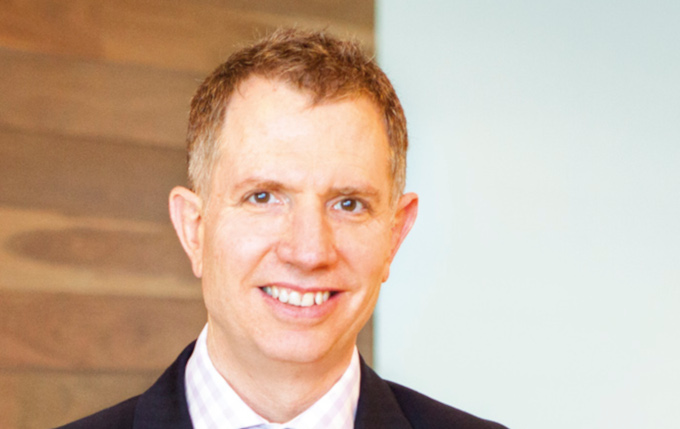Sunsuper CIO Ian Patrick talks about the pension fund’s experience dealing with the pandemic, tackling liquidity demands from member switching, early release of super and falling equity markets.
Register to Access this Exclusive [i3] Insights Article
Create a free account to access exclusive interviews with asset owners, revealing insights on investment strategies, market trends, and portfolio allocations.
If you already have an account you can Login .
If you have any issues registering an account please send us an email at [email protected].


